Aeronautics - Early history of Flying

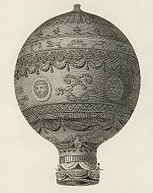
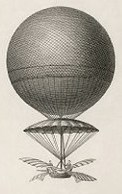
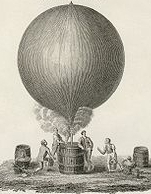
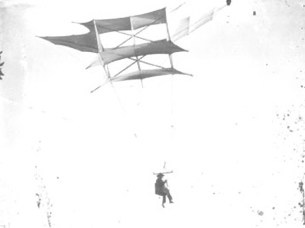
After the early years of the nineteenth century the science of aeronautics was left almost entirely to showmen. In the interval meteorologists used the balloon to obtain remarkable atmospheric data, and several powers utilized the apparatus in their military operations, notably the United States during the civil war and the French at the siege of Paris. But the improvements were insignificant and the science was popularly held in contempt.
A passing interest was aroused by Giffard in France, who in 1852 constructed an airship with a small steam engine of 5 H.P., with which he suc- ceeded in navigating. Paul Haenlein in Germany shortly afterwards managed to propel a dirigible by means of a gas engine, the first in historyto be used. It is believed that if he had been able to utilize modern motors, and he had filled his envelope with hydrogen instead of coal gas, he would have achied relatively the same results as the Lybaudys.
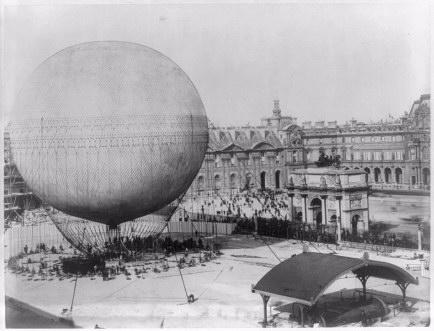
Another great impetus was given to the science by the French army officers Renard and Krebs, in 1885, who described a figure eight in their dirigible and returned to their starting point. Modern dirigibles are but slightly superior to 'La France', the airship they evolved. Contemporary popular interest in the science of aeronautics dates from 1898, when Santos-Dumont, the wealthy young Brazilian, performed his spectacular feats.
Immediately ballooning became the sporting fad in France, and spread rapidly over the continent and England. Aero clubs were established throughout Europe, and the various governments established aeronautical military divisions. Numerous airships of the dirigible type made their appearance and many balloon factories were established. During the last few years spherical balloons have been common everywhere in France. In Germany every considerable community has its aero club.
In Europe the clubs in the various sections of a country are federated divisionally and are banded together under a national organization. The aero clubs of the world are combined in an organization known as the Federation Aeronautique Internationale. In France Germany, Italy, Russia and other countries the aero clubs are encouraged by the government, and in some instances receive subsidies and form an aeronautic military reserve to be called upon in time of war.
In every club it is required that the person who guides a balloon be certified as a pilot, according to a system of examination involving a series of practical demonstrations in the air by day and by night, as well as the approval of the candidates theoretical knowledge by a board of experts. In the local, sectional, national and international contests, held every year, only pilots of record are permitted to participate.
In the United States there are now about 300 000 aero club members scattered throughout the land, who individually or collectively owned over 200 balloons. The United States, France, Germany, Italy, Great Britain, Russia and other countries own one or more aerial warships of the dirigible type, as well as numerous spherical balloons.
The efford to fly by means of heavier-than-air craft antedates all other experiments in aerial navigation. The first authentic instance is recorded in 67 A.D. One of the early students of heavier-than-air machines was the celebrated painter, Leonardo da Vinci, whose sketches are still in existence and indicate an extraordinary technical knowledge of the mechanical problems involved.
The first aeroplane to fly by mechanical propulsion was invented by an Englishman named Henson, who in 1843 flew under power of a 20 H.P. steam engine. Sir Hiram Maxim built a machine in 1888 which was practically successful, and Ader flew in Paris in 1900. Langley, who began experimenting in 1885, managed to fly over the Potomac in 1896. The Wright brothers, Orville and Wilbur, following along the lines of Lilienthal and Langley, made their initial flights under motor power in 1903.
Ref. Nelson's Encyclopedia. This article was written in the early 1900's and is published here in its original form.